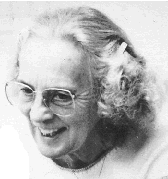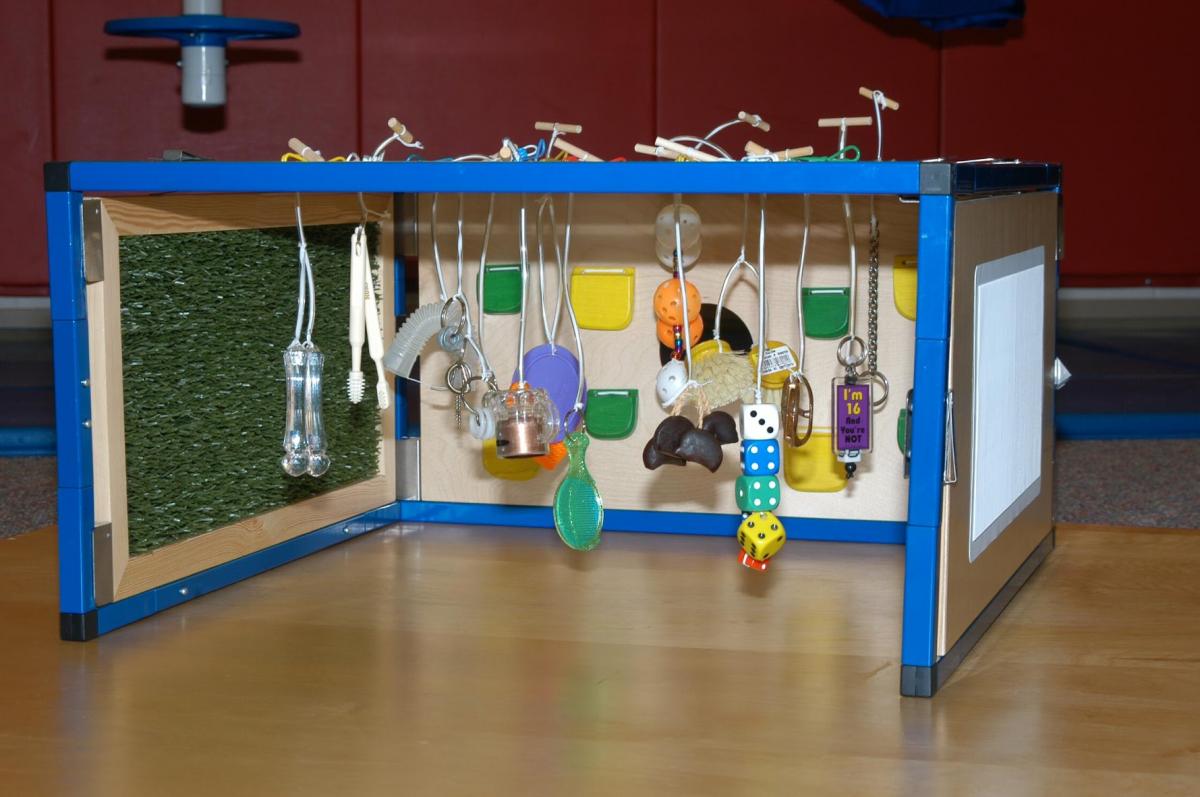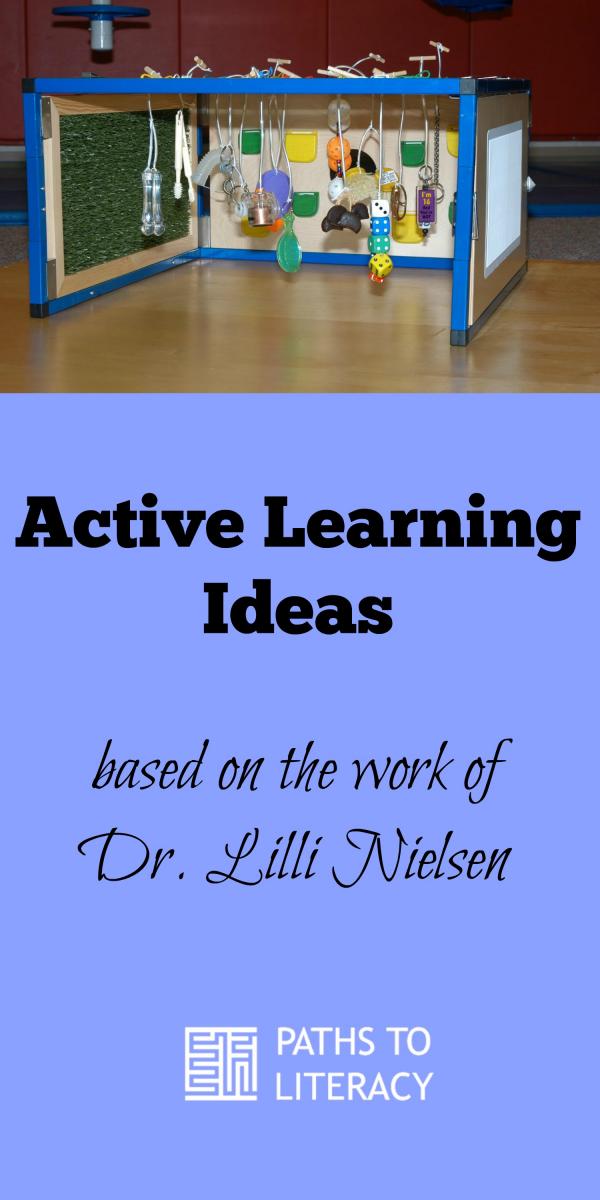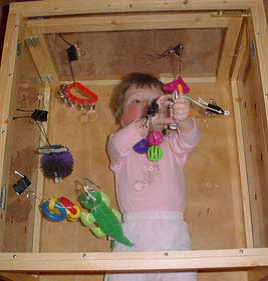
When Dr. Lilli Nielsen died in 2013, the fields of blindness, deafblindness, and the education of children with multiple disabilities lost a great friend and teacher. Dr. Nielsen was born in Denmark in 1926, and worked as a preschool teacher, a psychologist, and a teacher of the blind. She wrote numerous books on the development of children who are blind, and was perhaps best known for her work on Active Learning. She grew up with four sibling who were blind and she maintained that this influenced her approach to people who are blind, especially in being respectful of hands and not grabbing them or making them touch things.
What is “Active Learning”?
Active learning is based on the belief that ALL children can learn. The guiding principle behind this theory is that our job as parents and educators is to create environments or situations that encourage active exploration, without interference from an adult. This means that we are not guiding the child’s hands or telling the child what to do. Instead we encourage the child to be an active participant in his or her own learning by creating spaces and presenting materials that are interesting and safe to explore. In order to be most effective, the environment should be responsive, in other words something should happen when a child moves or bangs something.
What is a “Little Room”?
The Little Room is a space in which a child can explore his or her environment safely. Toys and objects are suspended  from the ceiling with elastic cords, as in the photo on the right, and the child is free to explore and experiment with what she discovers while moving hands and legs. Items should be sturdy and it is preferable to avoid plastic. Items made of wood, fabric, and metal are much more interesting than plastic and provide more sensory feedback. Many people prefer to use real objects, such as a cup, toothbrush, spoon, small bells, etc. For children with some vision, items can be brightly colored. Cardboard boxes should not be used to create little rooms, as it is crucial to be able to observe the child in the Little Room, as well as to provide adequate ventilation.
from the ceiling with elastic cords, as in the photo on the right, and the child is free to explore and experiment with what she discovers while moving hands and legs. Items should be sturdy and it is preferable to avoid plastic. Items made of wood, fabric, and metal are much more interesting than plastic and provide more sensory feedback. Many people prefer to use real objects, such as a cup, toothbrush, spoon, small bells, etc. For children with some vision, items can be brightly colored. Cardboard boxes should not be used to create little rooms, as it is crucial to be able to observe the child in the Little Room, as well as to provide adequate ventilation.
What is a “Resonance Board”?
 A resonance board is a thin piece of wood that typically goes under the child when he or she is in the little room. It provides sensory feedback by vibrating and echoing while the child is playing, thereby encouraging movement and vocalization. Watch this video from TSBVI to see a resonance board in use.
A resonance board is a thin piece of wood that typically goes under the child when he or she is in the little room. It provides sensory feedback by vibrating and echoing while the child is playing, thereby encouraging movement and vocalization. Watch this video from TSBVI to see a resonance board in use.
Where can I get more information?
For further reading about Dr. Lilli Nielsen and her pioneering work, see:
Websites
This is a joint website between Penrickton Center for Blind Children, Texas School for the Blind and Visually Impaired and Perkins School for the Blind. The site provides an introduction to Active Learning.
Lilli Nielsen and Active Learning
National Consortium on Deafblindness
This webpage from NCDB has links to introductory resources, video/audio and more.
LilliWorks
LilliWorks’ mission is to advance Active Learning through supply of equipment, education, outreach and research.
Articles
Active Learning and the Blind, Multiply Disabled Child
By Lilli Nielsen, Future Reflections, Special Issue 2004
The Active Learning Approach: Using the Resonance Board and the Little Room with Young Blind and Multiply Disabled Children
By Gigi Newton, Future Reflections, Conference Report 2012
What my Daughter Taught me About Active Learning–or, Whose Goal is it Anyway?
By Jean Bugbee, Future Reflections, Winter/Spring 2006





